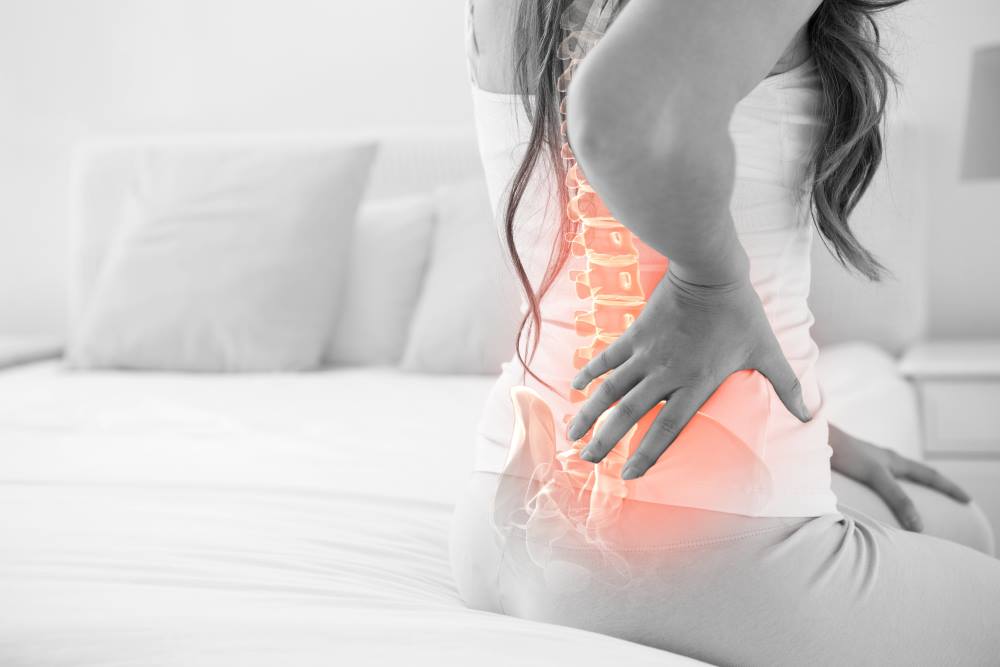
Why Spinal Cord Injury and Bladder Function are Closely Linked
When you think of spinal cord injury, bladder function might not be the first thing that comes to mind. However, the two are actually closely linked. In this blog post, we'll explore why that is and what it means for those living with a spinal cord injury.
The bladder is a muscular sac that stores urine until it is ready to be expelled from the body. The process of urination is controlled by muscles in the pelvic floor. These musclesContract to expel urine from the bladder and relax to allow it to fill back up again
A spinal cord injury can disrupt this process by causing nerve damage or paralysis. This can cause problems with both urinary retention (inability to empty the bladder) and incontinence (leakage of urine). In fact, bladder dysfunction is one of the most common complications of spinal cord injury
There are a number of factors that can contribute to bladder dysfunction after a spinal cord injury. The severity of the injury, as well as the location on the spine, can play a role. For example, an incomplete injury at T12 or below is more likely to result in urinary retention than an incomplete injury at T6 or above. Additionally, individuals who sustain a cervical (neck) injury are more likely to experience urinary incontinence than those with a thoracic (upper back) or lumbar (lower back) injury
Treatment for Bladder Dysfunction
There are a number of treatments available for bladder dysfunction following a spinal cord injury. Treatment options will vary depending on the individual's specific needs and may include medication, catheterization, intermittent self-catheterization, suprapubic diversion surgery, or neuromodulation therapy
If you or someone you know has recently sustained a spinal cord injury, be sure to talk to their doctor about any concerns regarding bladder function. Urinary retention and incontinence can lead to serious health complications if left untreated, so it's important to seek medical attention as soon as possible if you suspect there may be an issue. Early diagnosis and treatment can help improve long-term outcomes and quality of life for those living with a spinal cord injury
Spinal cord injuries can cause a wide range of problems, including urinary retention and incontinence. If you or someone you know has recently sustained a spinal cord injury, it's important to seek medical attention right away so that any potential issues can be diagnosed and treated promptly. By doing so, you can help improve long-term outcomes and quality of life for those living with a spinal cord injury.
 All About Incontinence | Allanda
All About Incontinence | Allanda